If you’re interested in crypto, you probably know how profitable the process of mining can be. But mining has its risks, and there are many mistakes you can make along the way. This is the case when mining all kinds of cryptos, including Ethereum.
However, if you’re willing to take the risk and proceed, what do you need to mine Ethereum successfully? Let’s find out below.
What Is Ethereum?

Before getting into Ethereum mining, let’s run through a quick recap of what exactly Ethereum is. The word “Ethereum” covers two things: a blockchain and a coin. Though Ethereum’s native token is often referred to using the same word, it is technically called “Ether.”
The Ethereum blockchain launched in 2015, with Ether launching alongside it. The blockchain is open-source and uses smart contracts for transactions. Several tokens have been built on the Ethereum blockchain in the last few years, but its native token sits at the top of the food chain.
The Ethereum coin is currently the second most valuable in the world, next to Bitcoin, with a current 24-hour trading volume of over $16.7 billion. It’s no surprise that Ethereum is one of the most popular coins to mine, so what do you need to get started?
1. Hardware
To mine any cryptocurrency, you need the correct hardware. In the case of mining Ethereum, GPUs (graphics cards) are your best bet for optimum mining. You can use a group of these to build mining rigs. You can also use ASIC mining rigs, but they’re not as suited for Ethereum mining as GPUs.
But this isn’t necessarily a bad thing, as ASICs can be incredibly expensive. While it is by no means cheap to build a GPU mining rig to mine Ethereum, it’s generally more affordable than buying an ASIC rig outright. You can also mine with a single GPU if you’re on a tight budget.
While you can use most mainstream GPUs to mine Ethereum, there are a select few that miners prefer due to their higher hash rate. So, do your research before choosing your desired graphics card.
Nvidia GTX 1080 Ti
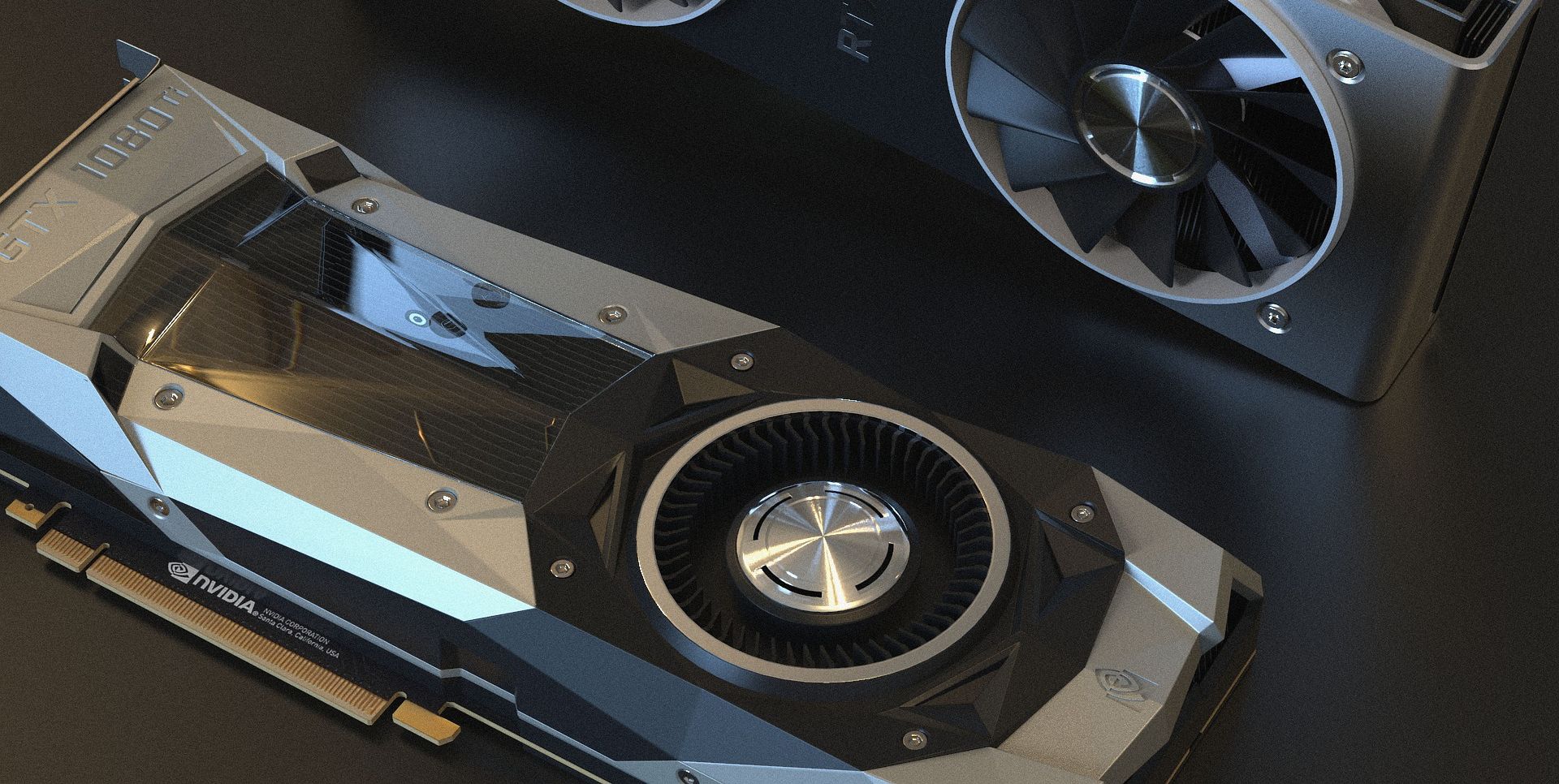
The Nvidia GTX 1080 Ti is great for mining Ethereum (and Ethereum Classic). This GPU boasts a hash rate of up to 32MH/s and a memory speed of 11 Gbps. Because the GTX 1080 Ti does not have the same VRAM (or Video Random Access Memory) timing issues experienced by the GTX 1080, it works very well for mining Ethereum.
AMD Radeon RX 590
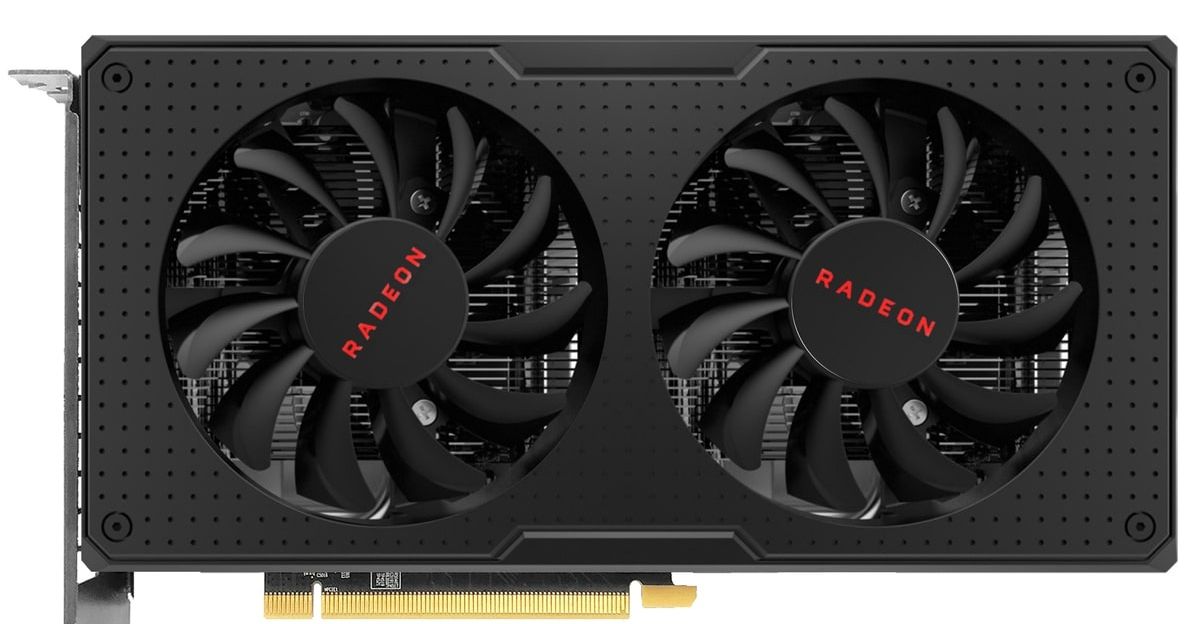
AMD Radeon RX 590 is a solid and affordable option for Ethereum mining, especially if you’re a fan of team red. This GPU can offer a hash rate of around 28 MH/s and a memory speed of 8 Gbps. While it may not perform quite as well as some other models, the price point of the RX 590 combined with its specifications makes it a great pick for those who want to get started with Ethereum mining without breaking the bank.
Nvidia RTX 3090
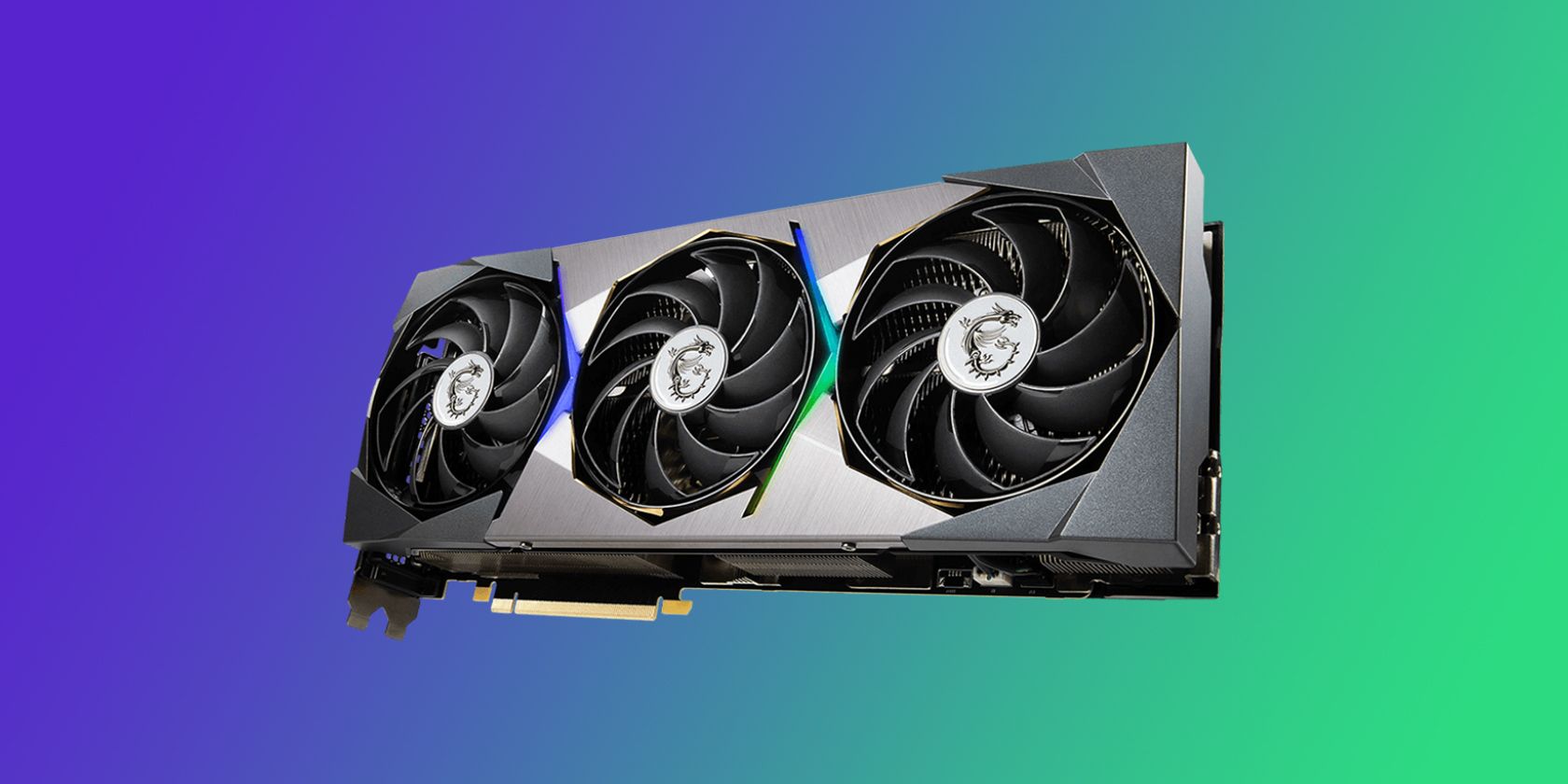
Of course, you can go all out and get the RTX 3090 if you have the cash to burn. It’s the only non-LHR GPU NVIDIA currently sells, but it will cost you a pretty penny. However, if you snag a good deal once the GPU prices come down, you can expect to get around 120MH/s with this top-of-the-line graphics card.
2. Software
To mine ETH, you’ll need both hardware and software in place. But unlike mining hardware, you don’t have to spend hundreds or thousands of dollars on software. In fact, many kinds of crypto mining software are entirely free to use, and we’ve got a few top picks for Ethereum mining in particular.
MinerGate
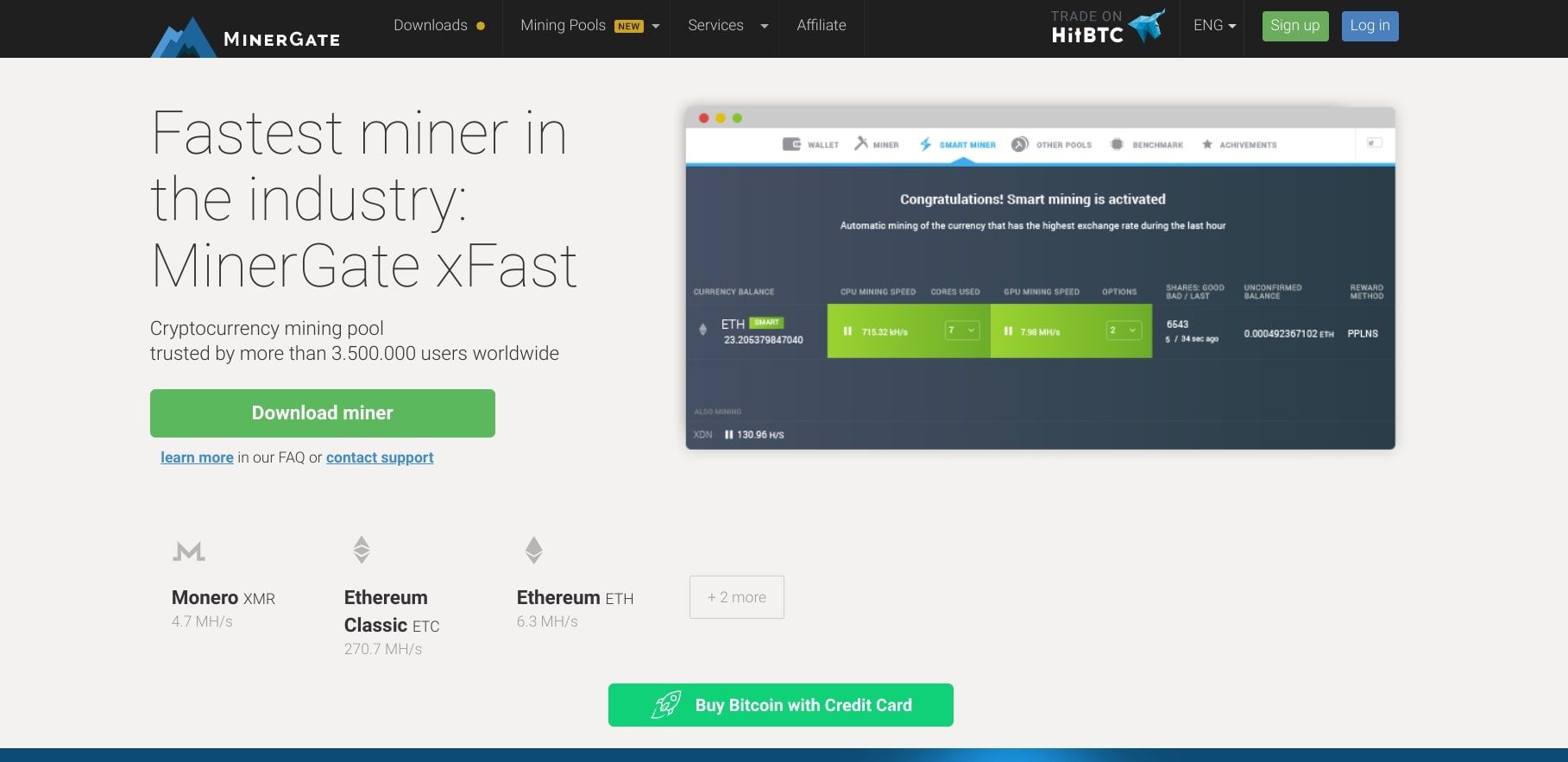
MinerGate’s software is designed to mine altcoins, including Ethereum (and Ethereum Classic). With this software, you can join a trusted mining pool to up the regularity of your rewards (we’ll discuss solo and pool mining a little later). MinerGate already helps over five million users gain rewards through mining and has generated over $20 million in rewards so far.
MinerGate also offers up-to-date pool stats and a mining calculator so that you can determine your profits easily. The software is free to download and compatible with Linux, Windows, iOS, and Android.
Kryptex
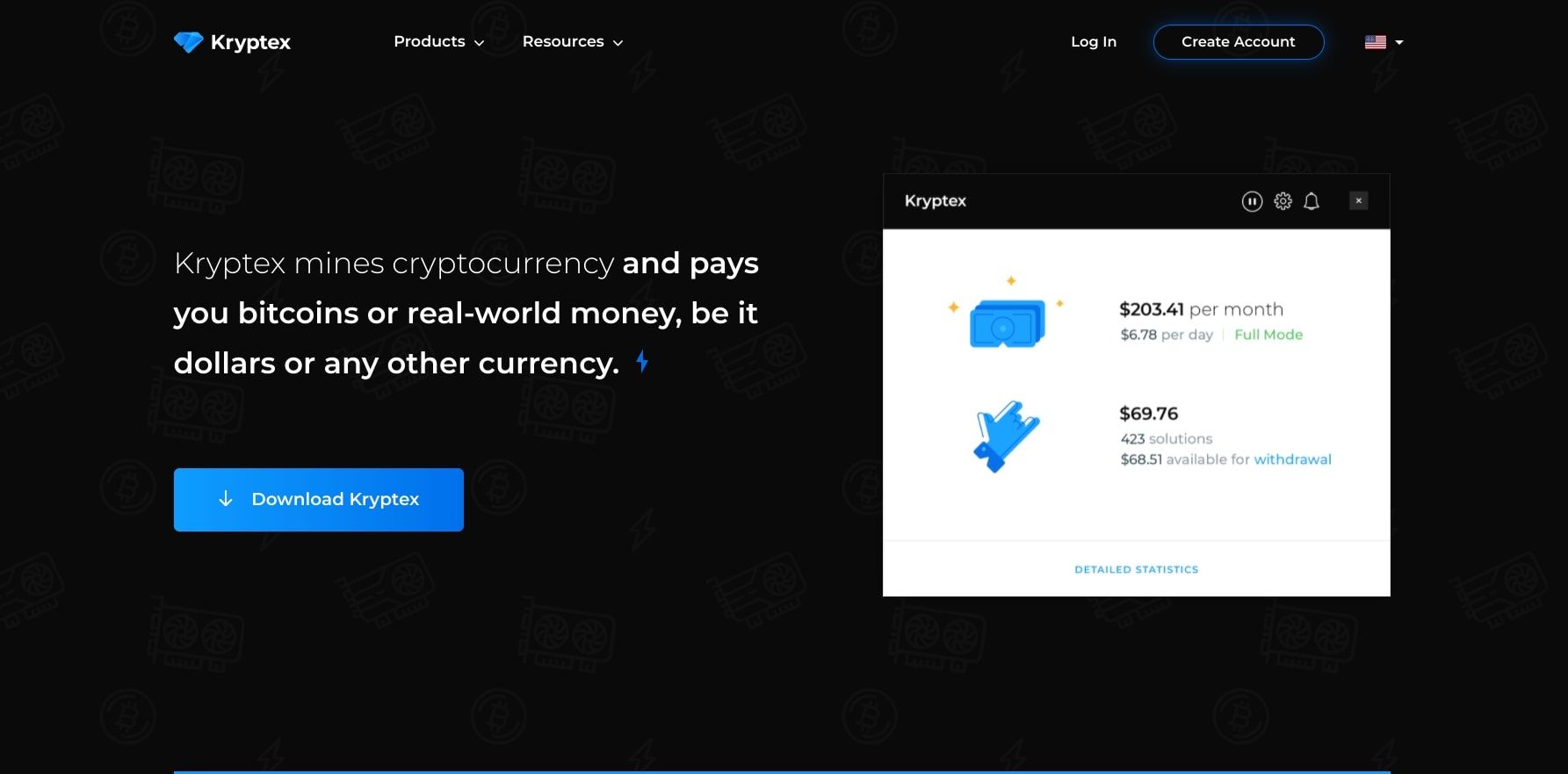
Kryptex is another solid option for Ethereum mining. With Kryptex, you can choose to get your mining rewards in Bitcoin and send your funds to a Bitcoin wallet address. Alternatively, you can get paid in traditional tender and send it to your bank account. The software is pretty easy to use, so it’ll work well for you if you don’t have a lot of mining experience.
The Kryptex site also offers mining profitability and calculator tools, allowing you to determine your potential profits before you commit to anything.
Cudo Miner
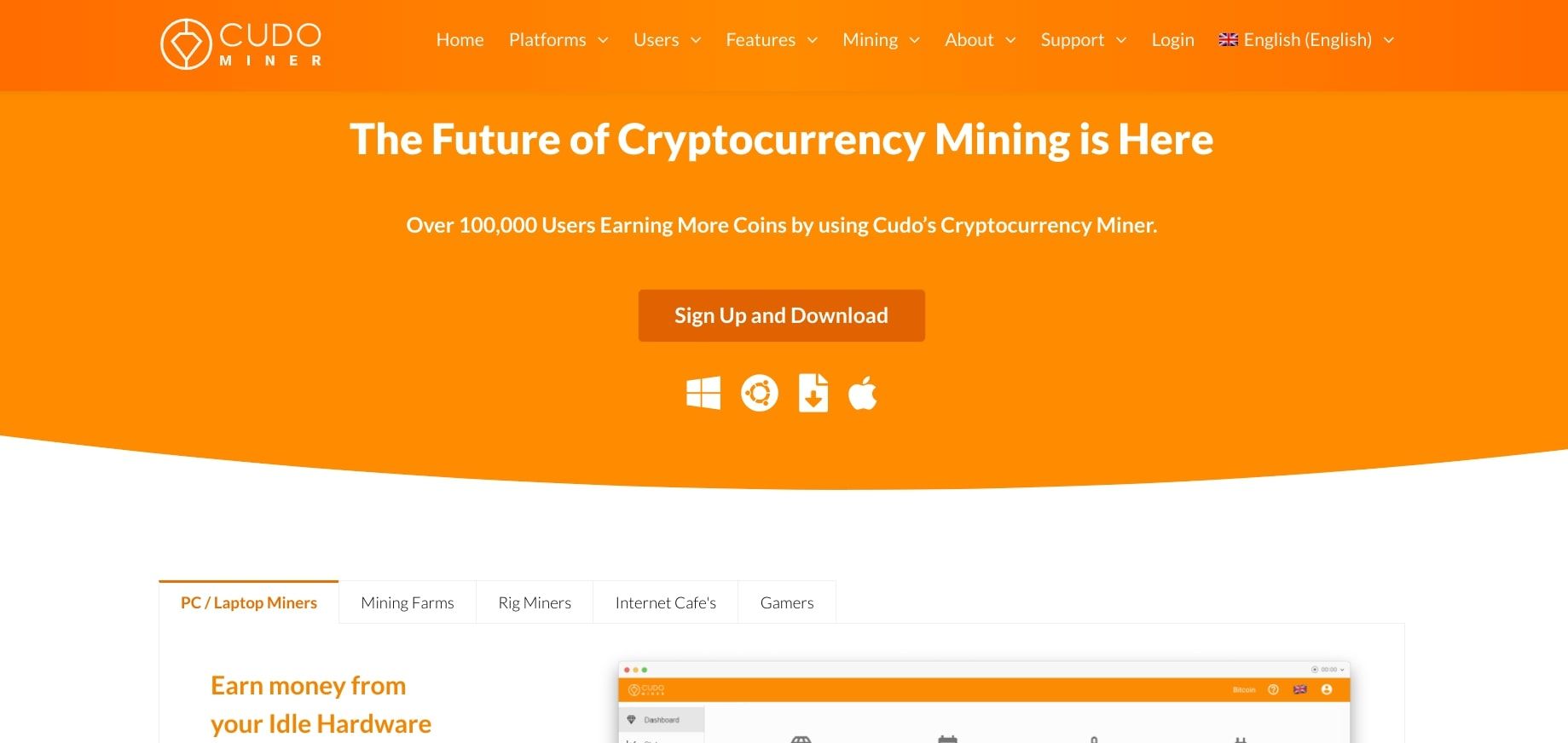
Cudo Miner supports the mining of a range of cryptos, including Ethereum. It’s compatible with dedicated mining rigs and single GPU miners and currently supports over 100,000 users in their mining ventures. Cudo Miner offers automated mining for laptops, PCs, rigs, and even mining farms and even has automatic coin switching so that you can grab the highest profits wherever possible.
Cudo Miner is free to download, but it charges a commission fee if you want to use the automated miner. This fee varies depending on the amount of crypto you mine.
3. Solo and Pool Mining
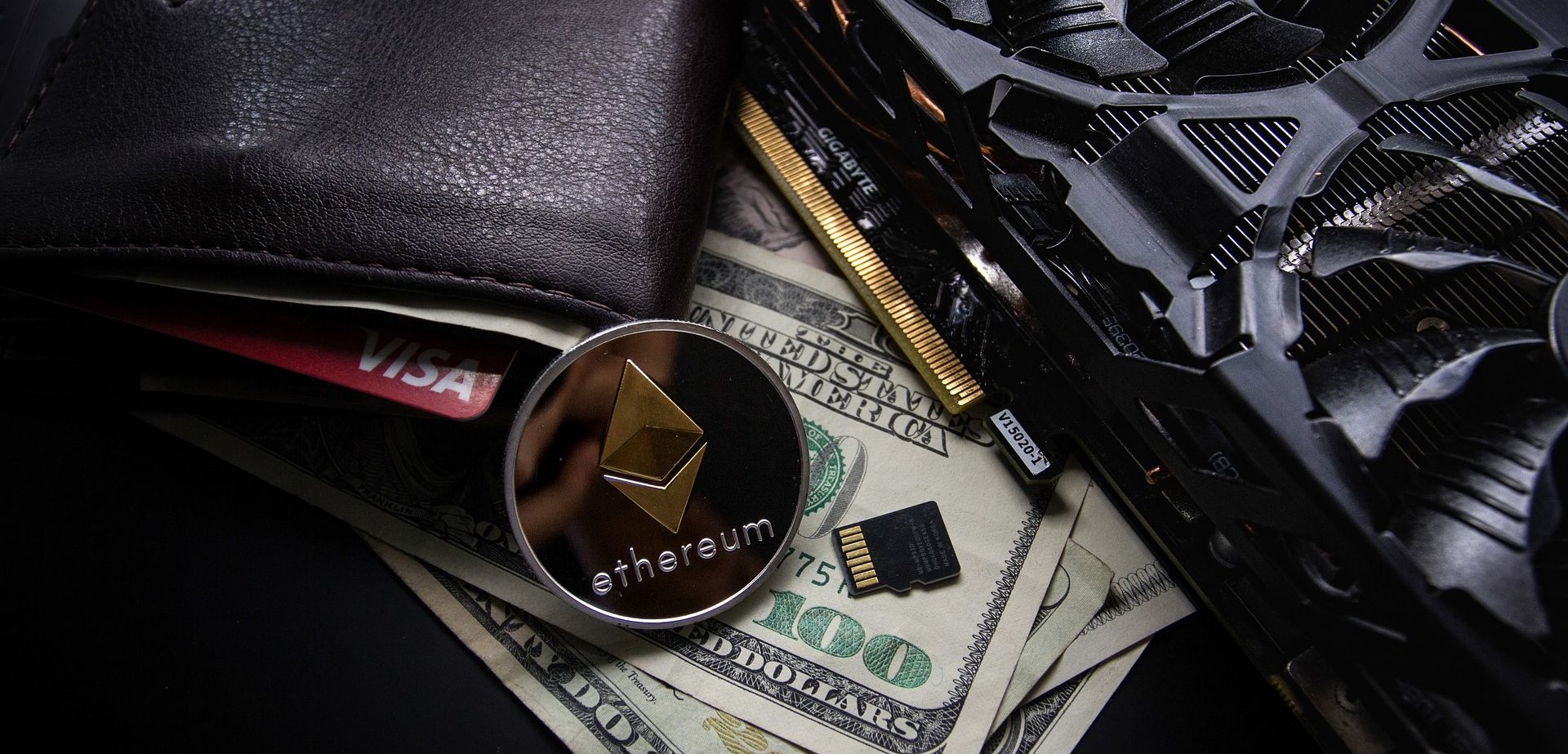
When mining crypto, you’ll usually need to choose between two key mining methods: solo mining and pool mining. Mining pools are more popular than solo mining as they offer a more reliable income stream. This is because thousands of users pool their computational power to up the chances of mining coins successfully in a mining pool.
However, due to the same reason, rewards are split between pool members (often relative to how much computational power a user has provided). Mining pool users also have to pay a fee just to be in the pool, which is usually taken out of their rewards.
On the other hand, solo miners don’t have to split their earnings with anyone or pay a pool fee. But it’s generally much harder to mine successfully on your own, even though the profits will be higher each time you do. Solo mining is more of a gamble because of this.
So, when deciding whether you want to mine alone or in a pool, consider the risks you’re willing to take and the kind of income regularity or irregularity you’re looking at with each option. If you’re willing to take more of a risk for a chance to make a big profit, then solo mining could be for you. But if you’re looking for a more frequent stream of more modest income, you can give mining pools a try.
In case you’re interested in joining an Ethereum mining pool, you might want to check out some of the options listed below, as they’re among the best out there right now in terms of reliability and profitability:
The Risks and Downsides of Ethereum Mining
Before mining any cryptocurrency, you must consider all the risks and downsides. As you may know, crypto mining can be unreliable, expensive, and, sometimes, a waste of money and time. The upfront costs of buying mining hardware can be steep, but this isn’t where the expenses end.
The process of Ethereum mining can be very energy-intensive, which can lead to an exorbitantly high electricity bill. The cost of Ethereum mining will depend on the hardware you use, and it can take a while to mine a coin, too. So, if your profits aren’t outweighing the hardware and energy costs, the whole mining venture becomes futile.
Ethereum Mining Can Be a Good Source of Passive Income
While there are already thousands of individuals making a healthy profit from mining Ethereum, many have also been unsuccessful in the venture. Mining is a tricky thing to navigate, and it’s easy to make costly mistakes along the way. So, check out the recommended hardware and software we discussed above and note the risks and downsides before you decide to shell out.
Read Next
About The Author
